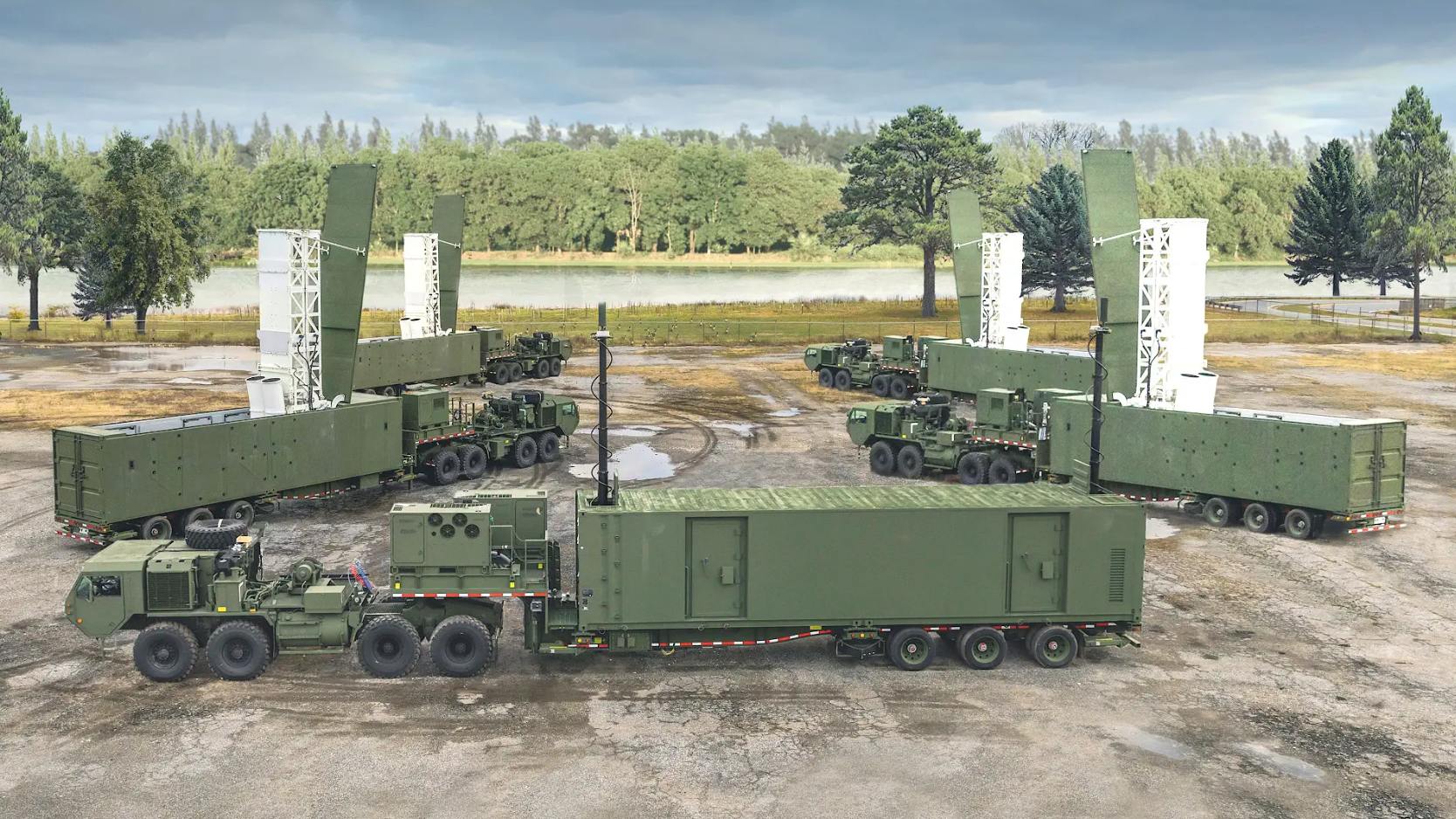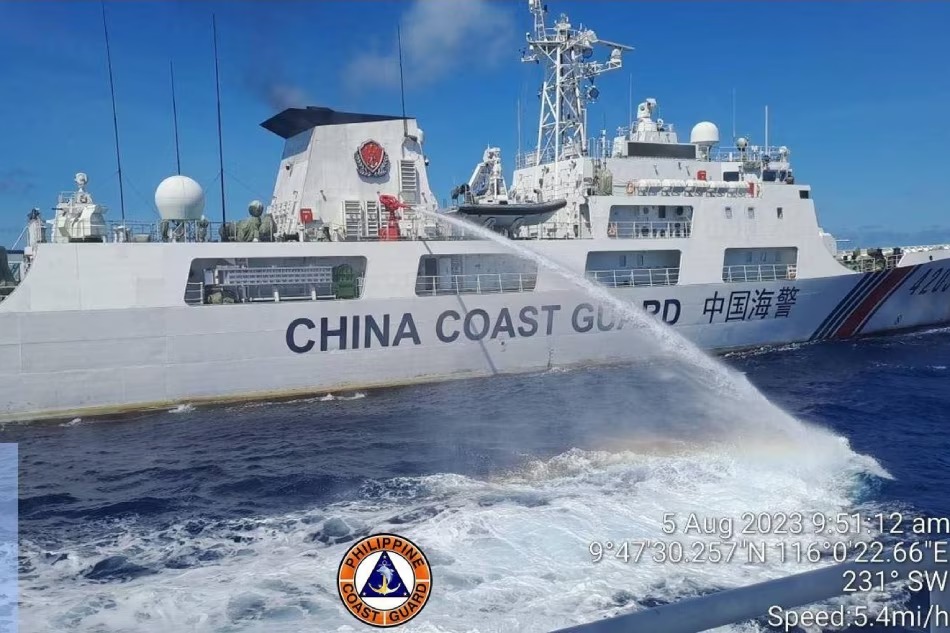In a move that could rattle China, the Philippines has indicated that the Typhon mid-range missile system will remain in the country indefinitely.
The United States Army deployed its ground-based missile system ‘Typhon’ in the Philippines in April 2024 to participate in Exercise Balikatan 24 and Exercise Salaknib 24 amid heightened tensions between the Philippines and China.
More than four months later, the lethal system has not been withdrawn.
Providing clarity, the Philippines’ Army announced on September 17 that the Typhon would remain indefinitely in the country. Col. Reynaldo Balido Jr., Deputy Head of the Philippine Army and Head of Public Affairs said that the system was still being used for military training by Filipino troops, the news agency Inquirer reported.
When asked about the timeline for the Typhon’s removal during a press briefing at Camp Aguinaldo in Quezon City, he responded to reporters, saying, “As of now, we are still conducting training, so not yet.”
Balido further noted that the missile system would only be withdrawn after the US and Philippine governments make a decision.
The system has reportedly been stationed at an undisclosed location in northern Luzon. This is the US’s first such deployment in the Indo-Pacific region since the Cold War, specifically on the first island chain in Asia.
The deployment ended a nearly 40-year hiatus that followed the 1987 signing of the US-Soviet Union Intermediate-Range Nuclear Forces (INF) Treaty.

The treaty barred the development and deployment of land-based missiles with a range of 500–5,500 kilometers. However, the US withdrew from the Treaty in 2019, citing alleged violations by Moscow and in response to China’s expanding military prowess, notably in missile technology.
China has issued a strong condemnation of the deployment.
Chinese Defense Minister Dong Jun earlier condemned the deployment as a “real threat to regional security” during a meeting with US Secretary of Defense Lloyd Austin at the Shangri-La Dialogue in Singapore. The Chinese government has since urged the Philippines and the US to withdraw the system, asserting that such a move could trigger an arms race.
🇵🇭 AFP Chief of Staff Gen. Romero Brawner has confirmed that the Philippines is interested to acquire its own Mid Range Capability (MRC), referring to the Typhon Missile System or similar. US assistance is crucial for training & support, making Typhon the ideal choice.
1/x pic.twitter.com/VbywdU64iS— Max Montero (@MonteroMax) August 29, 2024
According to some reports, General Romeo Brawner Jr., the Philippines military chief, announced on August 29 that the country aimed to acquire the Typhon system. Brawner said at the time that the military had begun training for MRC operations, in anticipation of the potential decision by the country to pursue the acquisition of such a missile system.
Interestingly, while the Typhon was previously scheduled to be removed from the Philippines by September, the recent statements indicate a change in decision.
The new update on the system follows shortly after the Philippines was compelled to withdraw a Coast Guard vessel from the contested Sabina Shoal amid rising tensions with Beijing.
Boiling China, Philippines Tensions
The Philippines recently withdrew a vessel that was observing the Sabina Shoal in the South China Sea following a protracted standoff with China over a territorial dispute spanning several months.
Following a five-month deployment, the largest Coast Guard vessel in Southeast Asia, the BRP Teresa Magbanua, came to port on September 16.
The Philippines had dispatched the vessel to Sabina Shoal near the disputed Spratly Islands in April to monitor what Manila describes as China’s efforts to assert territorial claims in the region. However, China soon deployed a larger ship, making the Sabina Shoal a new point of contention after months of aggressive engagement in the Second Thomas Shoal.
Sabina Shoal, situated 140 kilometers west of Palawan in the Philippines, is claimed by China, which fiercely opposes Filipino forces’ deployment. Beijing accuses Manila of creating a forward deployment base by mooring its Coast Guard vessels in the disputed Sabina Shoal.
#Philippines Coast Guard ship that withdrew from Sabina Shoal, returns to PH after a 5 month standoff with #China, with some personnel carried on stretchers, dehydrated from lack of supplies due to the Chinese blockade.
Via ABS-CBN News pic.twitter.com/bcFV8QMwGF
— Indo-Pacific News – Geo-Politics & Defense (@IndoPac_Info) September 15, 2024
Tensions between the two sides peaked last month when vessels from the two sides collided during a confrontation. While China accused the Philippines of deliberately crashing one of its ships into a Chinese Coast Guard (CCG) vessel, the Philippines’ National Task Force claimed that two ships from the Philippine Coast Guard faced “unlawful and aggressive maneuvers” from the CCG vessels en route to Patag and Lawak islands.
As BRP Teresa Magbanua docked at a port in the country, the Philippine Coast Guard spokesperson Jay Tarriela clarified that the ship’s return had nothing to do with China’s persistent demands of withdrawal. The ship, he stated, came back to receive medical attention for its crew and to undergo repairs.
The Philippines disclosed that the crew of the BRP Teresa Magbanua left Sabina Shoal due to severe malnourishment and dehydration caused by the Chinese Coast Guard’s aggressive actions that aggravated the situation and prevented a vital resupply operation.

Tarriela said many crew members had severe exhaustion and diarrhea after being forced to survive on porridge and rainwater for more than three weeks due to supplies running out.
Although the last resupply operation had been completed without incident, Manila was forced to abandon the mission on August 26 when a swarm of Chinese Coast Guard and naval vessels confronted it. Although essential supplies were ultimately airdropped, the crew’s suffering remained unchanged.
Nonetheless, the Philippines said it was sending another vessel to Sabina Shoal to replace the Coast Guard Ship that returned to port. The country has vowed to maintain its presence at the shoal and strengthen its overall military posture as tensions with China continue to run high.
- Contact the author at sakshi.tiwari9555(at)gmail.com
- Follow EurAsian Times on Google News




